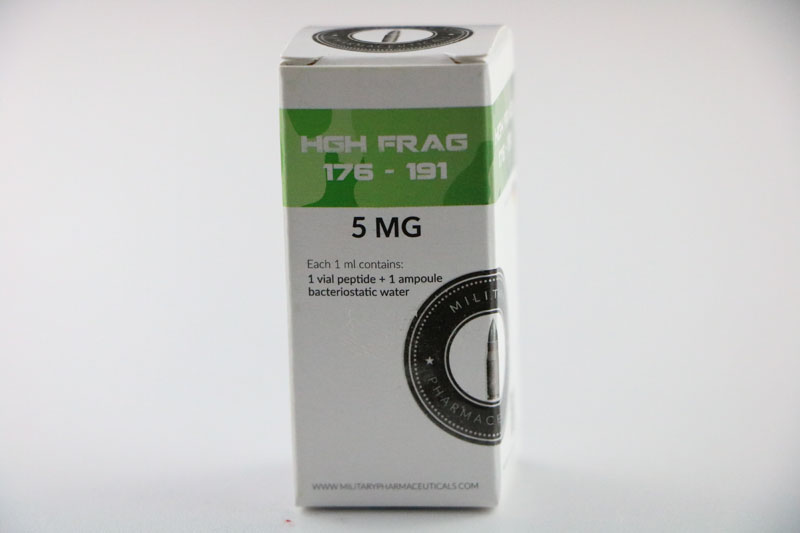Peptide products
THYMOSIN BETA 4
TB-500 (Thymosin Beta-4)TB-500 is a synthetic version of the naturally occurring peptide present in virtually all human and animal cells, Thymosin Beta-4. This potent peptide is a member of a ubiquitous family of 16 related molecules with a high conservation of sequence and localization in most tissues and circulating cells in the body. TB-500 not only binds to actin, but also blocks actin polymerization and is the actin-sequestering molecule in eukaryotic cells.TB-500 was identified as a gene that was up-regulated four-to-six fold during early blood vessel formation and found to promote the growth of new blood cells from the existing vessels. This peptide is present in wound fluid and when administered subcutaneously, it promotes wound healing, muscle building and speeds up recovery time of muscles fibres and their cells. An additional key factor of TB-500 is that it promotes cell migration through a specific interaction with actin in the cell cytoskeleton. It has been demonstrated that a central small amino acid long-actin binding domain has both blood cell reproduction and wound healing characteristics. These characteristics are uncovered by accelerating the migration of endothelial cells and keratinocytes. It also increases the production of extracellular matrix-degrading enzymes.Studies demonstrate that TB-500 is a potent, naturally occurring wound repair factor with anti-inflammatory properties. Tß4 is different from other repair factors, such as growth factors, in that it promotes endothelial and keratinocyte migration. It also does not bind to the extracellular matrix and has a very low molecular weight meaning it can travel relatively long distances through tissues. One of TB-500 key mechanisms of action is its ability to regulate the cell-building protein, Actin, a vital component of cell structure and movement. Of the thousands of proteins present in cells, actin represents up to 10% of the total proteins which therefore plays a major role in the genetic makeup of the cell.
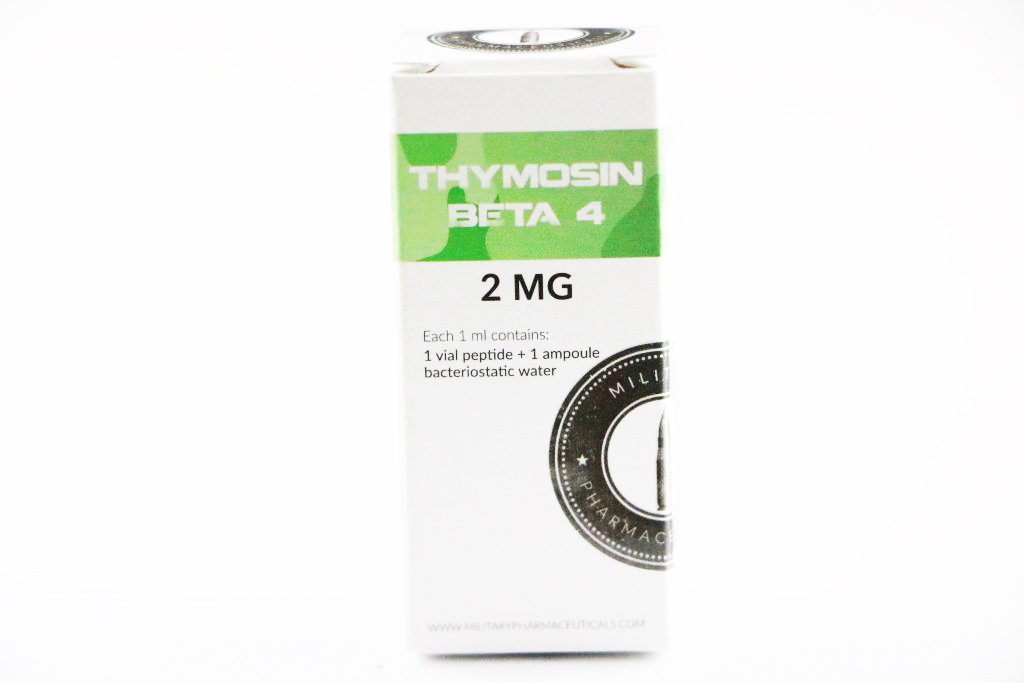
PEG MGF
PEGylation is the act of attaching a Polyethylene glycol (PEG) structure to another larger molecule (in this case, MGF). The PEG acts as a protective coating and the theory here is that this will allow the MGF to be carried through the blood stream without being broken down. Neurological research has shown that utilizing PEGylated MGF resulted in a longer more stable acting version of the MGF peptide in serum/blood. The Effects of Pegylated MGF Mechano Growth Factor (MGF) exhibits local effects in skeletal muscle and without cannot travel through the body without modification. The problem with synthetic Mechano Growth Factor (MGF) is that it is introduced intramuscularly and is water based so it goes into the blood stream. When used this way, Mechano Growth Factor (MGF) only remains stable in the blood stream for a few minutes. Biologically produced MGF is made locally and does not enter the bloodstream. It is also short acting so stability is not an issue. By PEGylating the Mechano Growth Factor (MGF) it is almost as efficient as local produced Mechano Growth Factor (MGF) when used intramuscularly. This is accomplished by surrounding part of the peptide with a structure of polyethylene glycol, which can be attached to a protein molecule. The polyethylene glycol groups protect the peptide but do not surround it completely. The active sites of the peptide are still free to do their biological function. In this case the shell is a negative charged shield against positively charged compounds that would affect the protein.
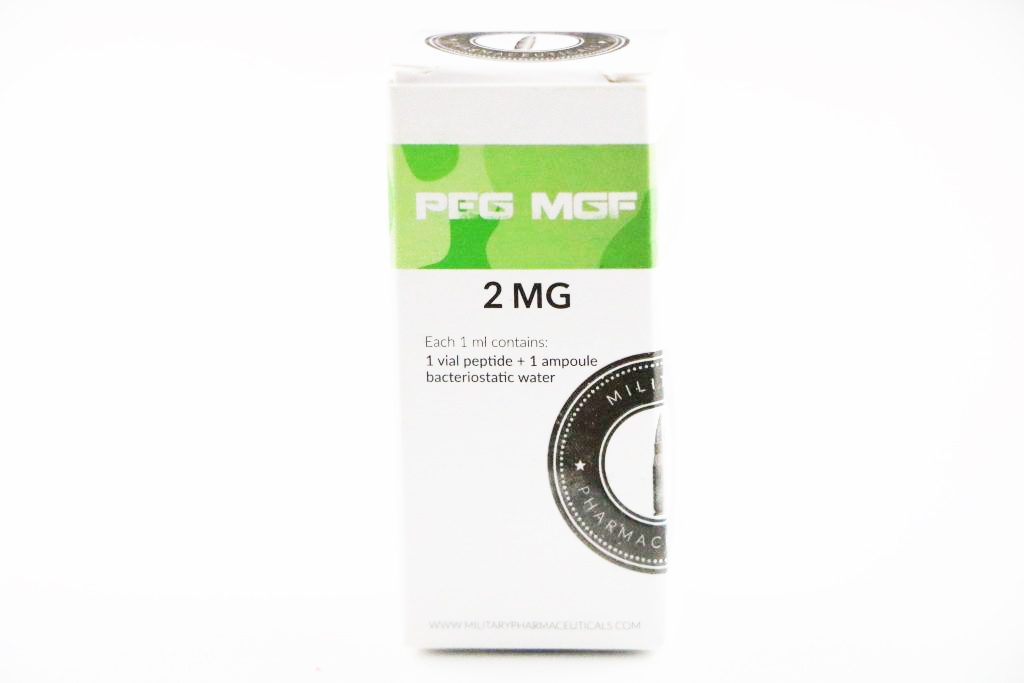
IGF-1LR3
IGF-1 Long R3 is a synthetic analog of the naturally existing insulin growth factor (IGF) which is a 93 amino acid residue. Modifications of the natural form occurred with the substitution of the Arg with Glu at the position 3, giving a code R3, and also an extension of a 13 amino acid at the B-terminus. Just like the IGF-1, R3 has been shown to induce the development and growth of cells.Long R3 IGF-1 is significantly more potent than IGF-1. The enhanced potency is due to the decreased binding of Long R3 IGF-1 to all known IGF binding proteins. These binding proteins normally inhibit the biological actions of IGF’s. When IGF is active it behaves differently in different types of tissues. In muscle cells proteins and associated cell components are stimulated. Protein synthesis is increased along with amino acid absorption. As a source of energy, IGF mobilizes fat for use as energy in adipose tissue. In lean tissue.
* Shuttles nutrients directly into cells and muscles for maximum results.* Builds muscle mass, promotes fat loss.* Increased protein synthesis.* IGF mobilizes fat for use as energy in adipose tissue.* Causes hyperplasia, the increase of more muscle cells.* At a genetic level it has the potential to alter an individuals capacity to build superior muscle density and size.* Possesses the ability to rehabilitate damaged cartilage.
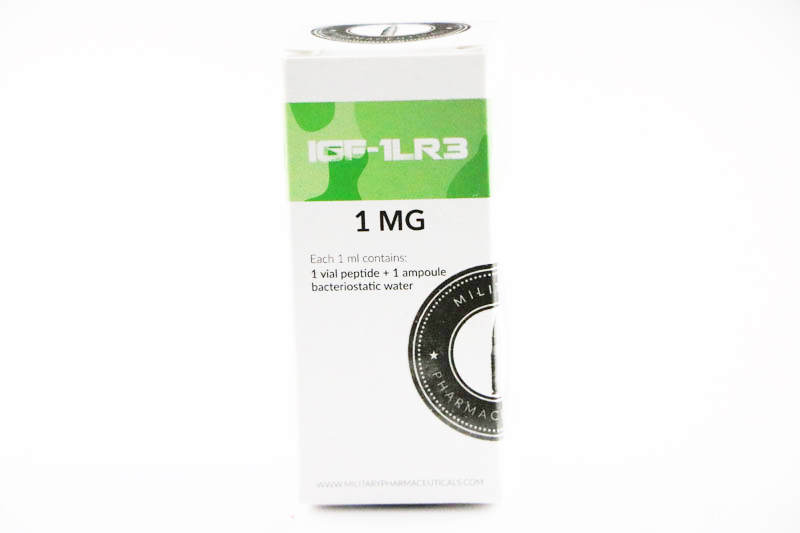
EPITHALON
Epithalon is a peptide used to regulate the cell cycle through up-regulation of telomerase activity. The sequence of amino acids in the peptide is Alanine-Glutamate-Asparagine-Glycine. Animal studies have been done on the effects of Epithalon on suppression of spontaneous mammary tumors and spontaneous carcinogenesis. Studies have shown that the mode of action of Epithalon involves suppression of oncogene expression and modification of telomerase activity. A summary of the studies and research on telomerase is provided below.Telomerase is a specific RNA (ribonucleic acid)-dependent polymerase that elongates and maintains the length of telomeres by adding tandem repeats on the chromosomal 3′ end. The enzyme is composed of two parts: an RNA component which supplies the telomere template for elongation, and the catalytic subunit which possesses reverse transcriptase activity. These two parts work in tandem to avert telomere attrition especially in somatic cells. In vitro experiments have shown that telomere elongation promotes indefinite cellular proliferation and that suppression of telomerase activity promotes apoptosis of neoplastic cells. However, these studies have also shown that maintenance of telomere length within a range of 15-20 kilobase pairs does prevent tumorigenesis. All the research and studies done concerning telomerase do show that telomerase activity is limited to cell division through its action of stabilising the telomere length.Telomeres are located at either ends of a chromosome, and they do protect the adjacent gene sequence from shortening due to repeated replication cycles. Elongation of telomeres enables senescent cells to stabilise their telomeric length. However, excess elongation would enable such cells to exceed their Hay-flick limit via evasion of apoptosis or the post-mitotic phase; and therefore, such cells have the potential of becoming immortal and this predisposes them to neoplastic transformation.
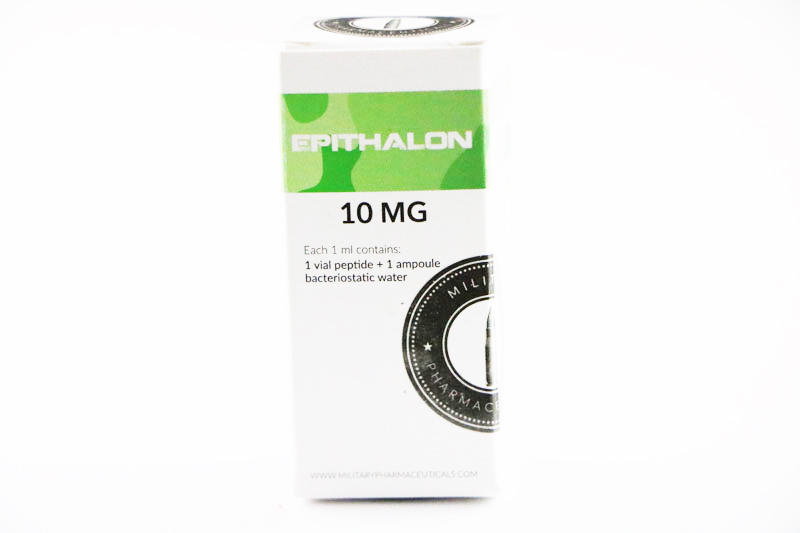
CJC-1295 + IPAMORELIN
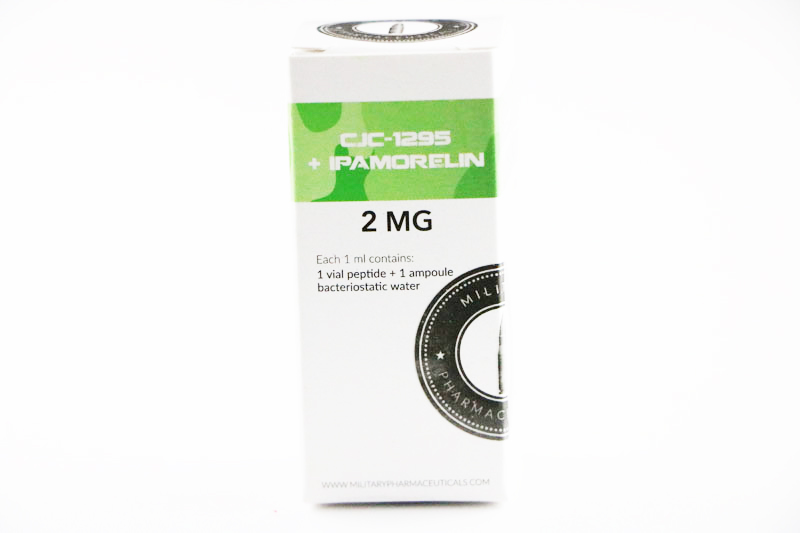
PT-141
PT-141 or Bremelanotide is the generic term for a research peptide being studied for its possible use in helping to improve sexual dysfunction in both men (erectile dysfunction or impotence) and women (sexual arousal disorder). PT-141 was developed from the tanning peptide Melanotan 2, which is a synthetically produced variant of a peptide hormone naturally produced in the body that stimulates melanogenesis that is known as alpha-Melanocyte stimulating hormone. MSH, activates certain melanocortin receptors in the process of exerting its effects. Indeed, MSH also exerts potent influence over lipid metabolism, appetite, and sexual libido. Resultantly, PT-141 has been shown in studies to exhibit libido-enhancing effects by activating the melanocortin receptors MC1R and MC4R, but not skin tanning. Melanotan 1 and Melanotan 2 have been researched for their use in protecting against the harmful effects of ultraviolet radiation from sunlight due to their melanogenesis -stimulating properties.
PT-141 and sexual disfunction is a potential remedy for the treatment of sexual dysfunction; specifically, male erectile dysfunction. Studies have shown that PT-141 does not act on the vascular system like former compounds, but allegedly works by activating melanocortin receptors in the brain, therefore helping increase ones sexual stimulation. PT-141 is a melanocortin based peptide that has shown effectiveness in clinical studies on both male and female rats. Male rats have shown erectile response with doses as low as 1-2 mg whereas most female rats have shown positive results with higher doses around 2-3 mg. While the dosage requirements tend to be higher for female rats, the observable results in female rats tend to be stronger.
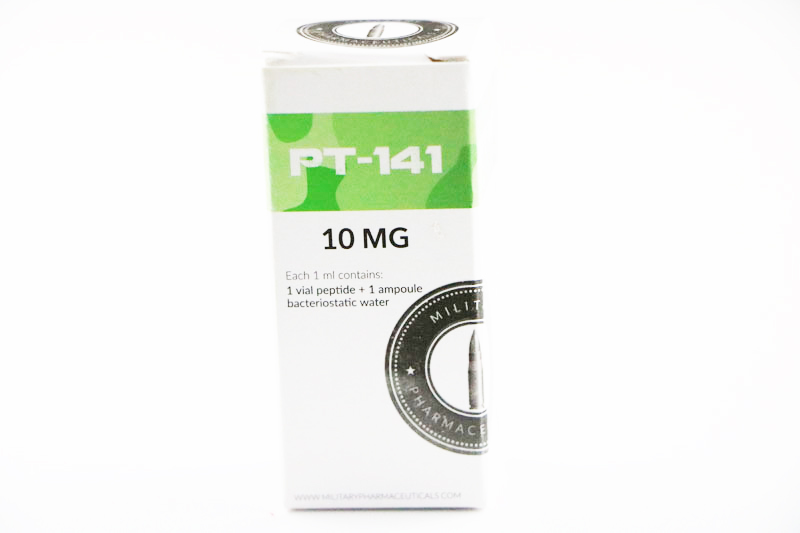
GHRP-6
GHRP-6 is a potent stimulator of natural Growth Hormone release. GHRP-6 is a Hexa-peptide that promotes food intake by stimulating hunger and helps increase energy metabolism. Growth Hormone Releasing Peptides, similar to GHRP-6, are most commonly used for treatment of Growth Hormone (GH) deficiencies, eating disorders, obesity, etc. Research has shown that use of these HGH Peptides increases lean muscle mass, strength, stamina and decreases body fat.
GHRP-6 and the Growth Hormone Secretagogue Receptor. GHRPs are not simply surrogates of GHRH, instead GHRP-6 is an artificial activator of a separate newly discovered receptor called Growth Hormone Secretagogue Receptor (GHS-R). Soon Ghrelin was discovered, the endogenous ligand that binds to the GHS-R. Both Ghrelin and all the synthetic compounds such as GHRP-6 were termed “Growth Hormone Secretagogues” (GHSs). One side effect of GHRP-6 is a significant increase in appetite due to stimulating the release of Ghrelin, a peptide that is released naturally in the lining of the stomach that increases hunger and gastric emptying. Also, GHRP-6 causes stimulation of the anterior pituitary gland which causes an increase in Growth Hormone release. The increased amounts of Growth Hormone can cause the liver to secrete the hormone IGF-1, which improves the animal body’s ability to burn fat and build muscle. Since GHRP-6 acts directly on the feedback loop which signals the inhibition of Growth Hormone release, GHRP-6 can re-stimulate the production of Growth Hormone.
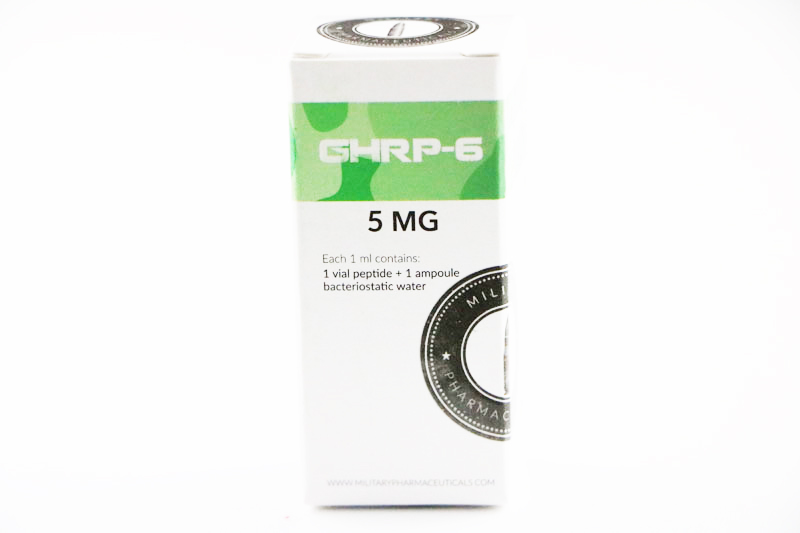
MOD GFR (1-29)
Modified GRF (1-29) Modified Growth Releasing Factor aminos 1-29, usually referred to as Modified GRF (1-29) or “ModGRF(1-29),” also known as CJC-1295 without DAC, is a synthetic analog of the endogenous peptide signalling hormone Growth Hormone Releasing Hormone (GHRH). Endogenously produced GHRH has 44 amino acids in its chain structure. A truncated synthetic form of GHRH called Sermorelin or GRF 1-29 has 29 amino acids; Modified GRF (1-29) is further changed in that it has four substituted aminos in its chain that serve the purposes of preventing degradation and oxidation in manufacture and transport as well as in vivo, while also increasing binding affinity to the GHRH receptors.
Modified Growth Releasing Factor aminos 1-29, usually referred to as Modified GRF (1-29) or “ModGRF(1-29),” also known as CJC-1295 without DAC, is a synthetic analog of the endogenous peptide signalling hormone Growth Hormone Releasing Hormone (GHRH). Endogenously produced GHRH has 44 amino acids in its chain structure. A truncated synthetic form of GHRH called Sermorelin or GRF 1-29 has 29 amino acids; Modified GRF (1-29) is further changed in that it has four substituted aminos in its chain that serve the purposes of preventing degradation and oxidation in manufacture and transport as well as in vivo, while also increasing binding affinity to the GHRH receptors.
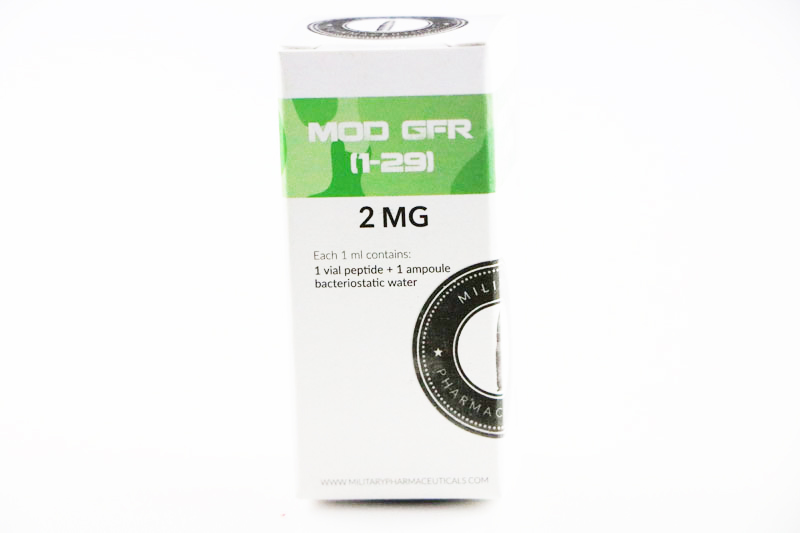
BPC-157
BPC 157 (Body Protection Compound-157) is a pentadecapeptide made up of 15 amino acids. The amino acids sequence in BPC 157 is similar to a portion of the human BPC amino acid sequence. Human BPC is found in the gastric juice. Experiments have shown that BPC 157 enhances the healing of wounds, including tendons wounds such as transected Achilles tendons of rats. The aim of this study was to investigate the probable mechanism that BPC 157 utilizes to accelerate the healing process in an injured tendon. The study used two group of tendon explants of which one group was cultured in a BPC 157-containing medium while the other group was cultured in a medium lacking BPC 157. These cultures were thereafter examined for tendon fibroblasts outgrowths. Such outgrowths indicated tendon regeneration.The results revealed that the explants’ outgrowth was significantly accelerated in the culture containing BPC 157 as compared to the culture lacking BPC 157. Also, a MTT assay did show that BPC 157 does not directly affect cellular proliferation in a culture of rat-derived Achilles tendon. However, results also showed that BPC 157 significantly increased the survival of cells under oxidative stress. Furthermore, the Transwell filter migration assay showed that BPC 157 significantly increased in-vitro fibroblast migration in a dose-dependent fashion. Moreover, BPC 157 accelerated the dispersal of the fibroblasts in culture dishes in a dose-dependent manner.
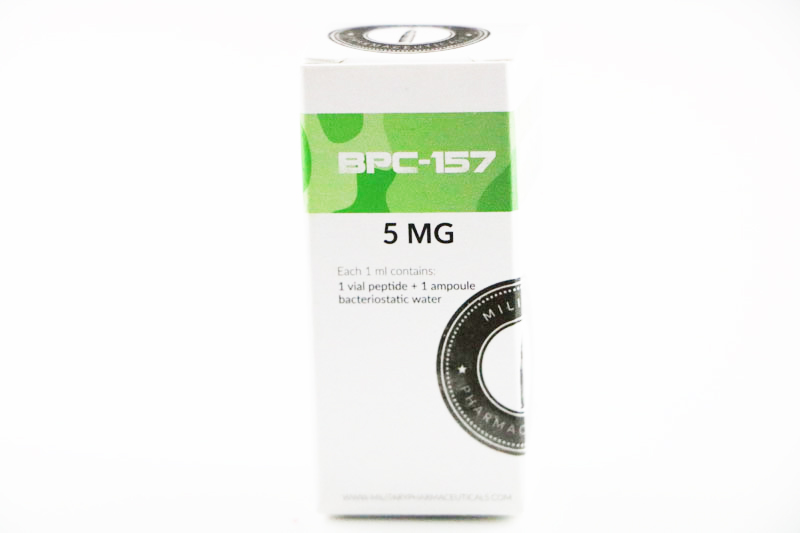
FOLLISTATIN
Follistatin (FST) is a secreted glycoprotein that was first identified as a folliclestimulating hormone inhibiting substance in ovarian follicular fluid (1, 2). Human Follistatin cDNA encodes a 344 amino acid (aa) protein with a 29 aa signal sequence, an Nterminal atypical TGF binding domain, three Follistatin domains that contain EGFlike and kazallike motifs, and a highly acidic Cterminal tail. Follistatin is a secreted protein that binds to ligands of the TGF-Beta family and regulates their activity by inhibiting their access to signaling receptors. It was originally discovered as activin antagonists whose activity suppresses expression and secretion of the pituitary hormone FSH (follicle stimulating hormone). In addition to being a natural antagonist, follistatin can inhibit the activity of other TGF-Beta ligands including BMP-2,-4,-6,-7, Myostatin, GDF-11, and TGF-Beta1. Follistatin is expressed in the pituitary, ovaries, decidual cells of the endometrium, and in some other tissues. Recombinant human Follistatin is a 37.8 kDa protein containing 344 amino acids.

MELANOTAN II
Melanotan 2 (also referred to as Melanotan II) is a synthetically produced variant of a peptide hormone naturally produced in the body that stimulates melanogenesis, a process responsible for pigmentation of the skin. This peptide hormone, called alpha-Melanocyte stimulating hormone or MSH, activates certain melanocortin receptors in the process of exerting its effects. Indeed, MSH also exerts potent influence over lipid metabolism, appetite, and sexual libido via these melanocortin receptors. As a result, Melanotan 2 has been shown in studies to exhibit appetite suppressant, lipolytic, and libido-enhancing effects in addition to promoting skin tanning. Melanotan 2 has been researched extensively for use in protecting against the harmful effects of ultraviolet radiation from sunlight due to its melanogenesis-stimulating properties.The Development of Melanotan 2The initial creation of the synthetic Melanotan 2 peptide can be credited to the University of Arizona. During the course of research aimed at developing a defense against skin cancer, focus was placed on developing a method of stimulating natural melanogenesis, or the natural production of melanin in the skin, without direct exposure to the potentially harmful ultraviolet radiation in sunlight. Initially, University of Arizona researchers attempted to directly administer the naturally occurring hormone alpha-MSH in order to elicit this desired result. Although this strategy exhibited promising results, it was determined that the naturally occurring MSH had a prohibitively short half-life to be of realistic use as a therapeutic remedy. However, the positive results gleaned from MSH administration encouraged further research into the development of Melanotan 1 and Melanotan 2, which exhibit similar effects whilst possessing an extended half-life for functional therapeutic utilization.

GHRP-2
GHRP-2 and GRF Analogue Interactions (CJC-1295 / Sermorelin)It is important to know that GHRP-2 does not relate to any Growth Hormone Releasing Hormones (GHRH) peptides such as Sermorelin and CJC-1295 because it acts on different receptors. However, greater results occurred when administered in conjunction with a Growth Hormone Releasing Hormone (GHRH) such as Modified GRF 1-29 or CJC-1295 DAC. Naturally, these GHRP-2 peptide receptors interact with a hormone called ghrelin. Growth hormone releasing peptide 2 is a commercially synthesized, non-natural super-analog of GHRP-6 which is capable of potent stimulatory effect on growth hormone (GH) secretion with slight stimulator effect in PRL, ACTH and levels of cortisol (Arvat et al. 1997). It is also a synthetic agonist of ghrelin that is binding with the growth hormone (GH) secretagogue receptor. GHRP-2 has been shown to affect and induce growth hormone secretion. The response of natural physiologic system includes increase in levels of calcium ion influx alongside with increased release of growth hormones in response to this peptide (Wu et al. 1994). Comparing GHRP-2 and GHRP-6 (Growth Hormone Releasing Hexapeptide)
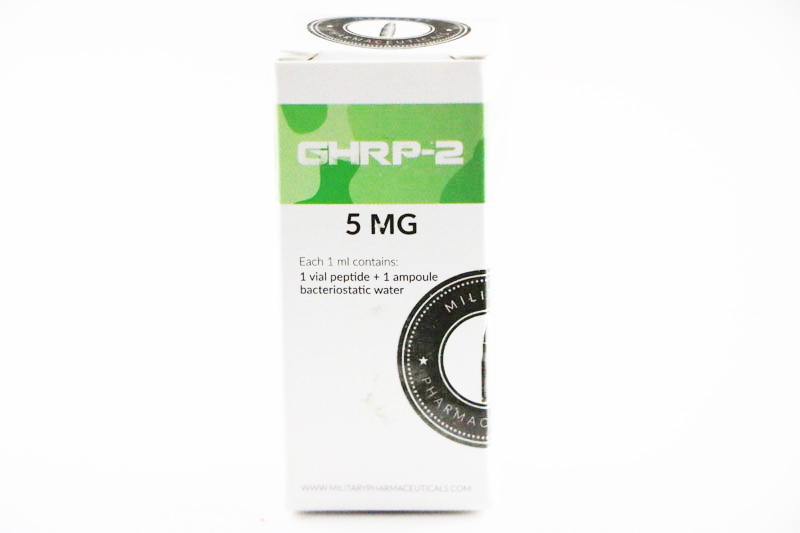
CJC-1295 / DAC
CJC-1295 DAC has shown some amazing results as a growth hormone releasing hormone (GHRH) analog. Not only has CJC-1295 shown the ability to increase growth hormone and IGF-I secretion and its benefits, but it has been able to do so in very large amounts. Recent research studies have shown that CJC – 1295 stimulates GH and IGF-1 Secretion, and will keep a steady increase of HGH and IGF-1 with no increase in prolactin, leading to intense fat loss, and increases protein synthesis.is a long acting Growth Hormone Releasing Hormone, which causes the anterior pituitary to release more growth hormone. GHRH is released in pulses in the body, which alternate with corresponding pulses of somatostatin (growth-hormone inhibiting-hormone). Clinical Research was first conducted for CJC-1295 during the mid-2000s. The objective of the peptide was to treat visceral fat deposits in obese AIDS patients, as increased levels of exogenous hgH are presumed to increase lipolysis (fat loss). The clinical research was ultimately successful for most research subjects. Ghrelin, released from the gut, which circulates and acts as a hunger hormone, has synergistic activity in the body with GHRH and also suppresses somatostatin to make way for the GHRH pulse. Studies shows that combining a GHRP-6 with CJC 1295 DAC, significantly increase the release of GH and IGF-1 production without an increase in prolactin.
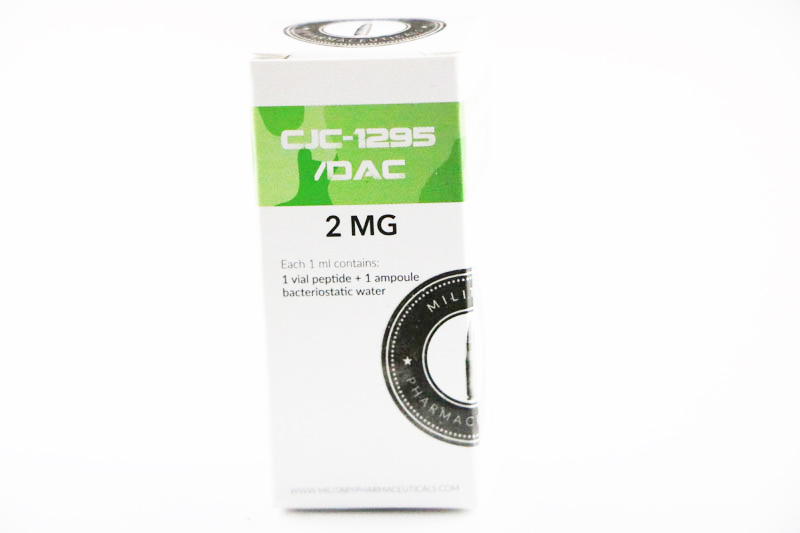
HGH FRAG 176 - 191
Hgh Fragment (176-191) Growth Hormone peptide fragment 176-191, also known as HGH Frag 176-191, is a modified form of amino acids 176-191 of the GH polypeptide. Investigators at Monash University discovered that the fat-reducing effects of GH appear to be controlled by a small region near one end of the Growth Hormone molecule. This region, which consists of amino acids 176-191, is less than 10% of the total size of the GH molecule and appears to have no effect on growth or insulin resistance. It works by mimicking the way natural Growth Hormone regulates fat metabolism but without the adverse effects on blood sugar or growth that is seen with unmodified Growth Hormone. Like Growth Hormone, the hgH fragment 176-191 stimulates lipolysis (the breakdown or destruction of fat) and inhibits lipogenesis (the transformation of nonfat food materials into body fat) both in laboratory testing and in animals and humans.Laboratory Tests and Fat LossIn laboratory tests on fat cells from rodents, pigs, dogs, and humans, the hgH fragment released fat specifically from obese fat cells but not from lean ones, reduced new fat accumulation in all fat cells, enhanced the burning of fat. In rodents (rats and mice), hgH fragment reduced body fat in obese animals but, enhanced fat burning without changing food consumption or inducing growth (as it does not increase IGF levels) or any other unwanted Growth Hormone effect. Research dosages of 500mcg of the hgH fragment 176-191 daily for 30 days did show a reduction of body fat in the mid abdominal area in both obese, over-weight, and average built people.
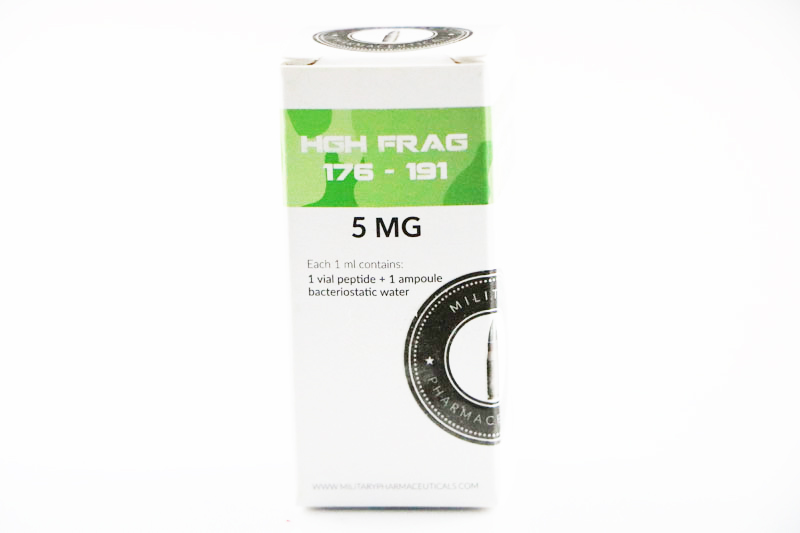
TB-500 / BPC157
Thymosin Beta 4, or TB-500 And BPC-157TB500 is a synthetic version of a naturally occurring 43-amino acid peptide present in nearly all human and animal cells studied.A 2010 study in the Animals of the New York Academy of Sciences supported TB500’s potential for cardiac muscle repair following injury, eg, after myocardial infarction (heart attack). Recognizing the limitations of stem cell therapy for this application, TB500 was found to inhibit myocardial cell death, stimulate blood vessel growth, and activate cardiac processes that encouraged the heart to heal following injury. The investigation showed that TB500 may be the first agent which can actively recover injured cardiac muscle following heart attack. This is further supported with prior mouse studies in 2004 showing cardiomyocyte migration, survival and repair of myocardial damage.Filamentous actin (F-actin, or actin) forms polymers that thicken sputum, adversely affecting cystic fibrosis patients. TB500 was studied in a population of CF patients, showing a dose- and time-dependent decrease in cohesivity of sputum after administration of TB500 when combined with dornase alfa. The combination therapy showed a 71% improvement in mucociliary transport of mucus, and a 44% improvement in cough transport of mucus.
